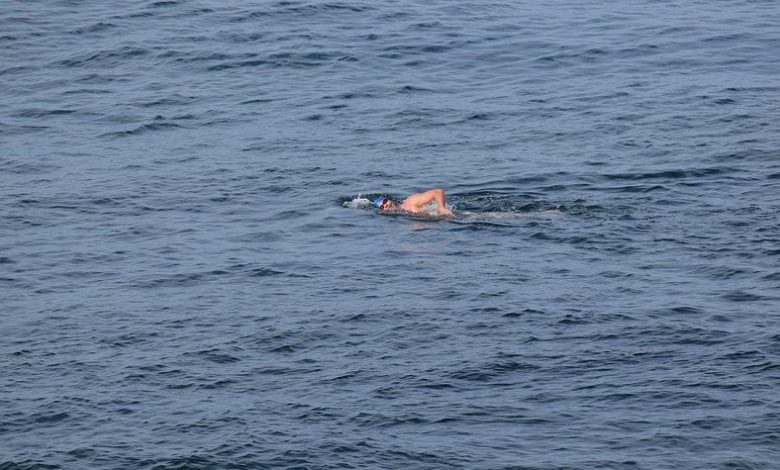5 keys to improving open water swimming in the pool
We can work on some technical aspects in the pool that we will later carry out at sea

Swimming in open water carries a certain level of uncertainty that cannot be controlled.
However, we can use the pool to work on some technical aspects that we will later carry out in the sea and will help us improve our swimming.
Practice the sighting.
The first one will help youmove towards the swimming goal, but you will have to find the position that offers the least resistance to advance.
To do this, and whenever possible, raise your head to the front until the eyes are barely out (water at the level of the mouth) and once the objective is visualized, perform lateral breathing. AND
n this process you should not stop your swimming rhythm and make sure that the hips do not sink.
Image source: https://www.swimtonictech.com/
Practice different types of breathing and apneas.

The swell can appear to you from anywhere, so mastering a bilateral breath will help in situations where the wave comes from your usual breathing side.
This way you can avoid the wave colliding with your face with each breath.
Likewise, practicing apneas will help you when passing the waves underneath, mainly when you find them in the opposite direction to the swim (it usually happens at the beginning).
Orient yourself.
To perform a straight line swim you must practice orientation by looking at a target outside the water, that you can be sure that it will not move.
Start by doing 6-8 strokes without looking and check your trajectory.
In addition, you must learn to orient yourself with respect to the group, for this you can perform a lateral breath by tilting your head back, so that you can check if you have pursuers or in the case of training, the position of your companions.
Image: back breath
Train in the sea.
Of course, training in the pool is essential, but when competing in the sea you must include training in situations as similar as possible to be able to adapt and continue applying and practicing everything done in the pool. Don't forget your wetsuit before embarking on an adventure.
In the same way, if you do not have the possibility of the sea, surely you can escape to a nearby lake or swamp.
Be rigorous in sea training.
It is very common that in the pool we are attentive to follow the rhythm guidelines in the series of our training, but when we go to the sea we simply swim at a comfortable pace (or even slow) for a certain time.
You must include different rhythms, distances and also evaluate the progression of these workouts to improve.
If you want to continue investigating the subject, do not hesitate to click on the following articles:

Dra. Science of Physical Activity and Sport
There are no previous results.




























